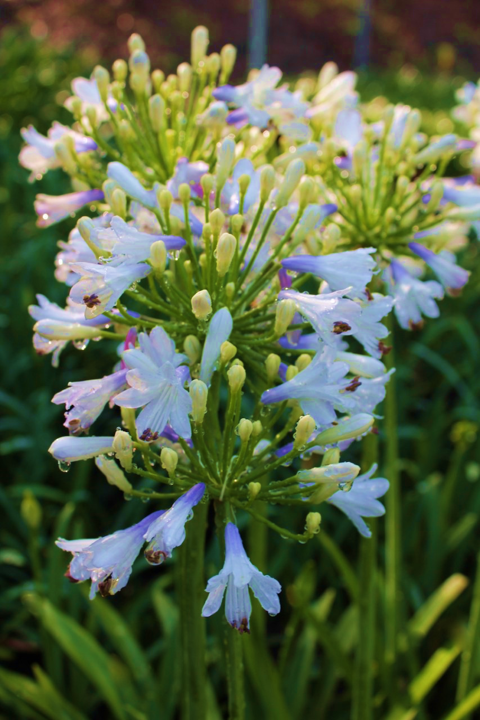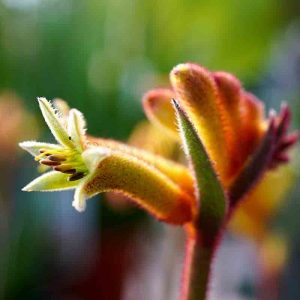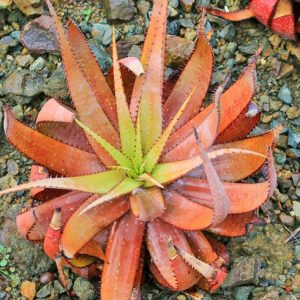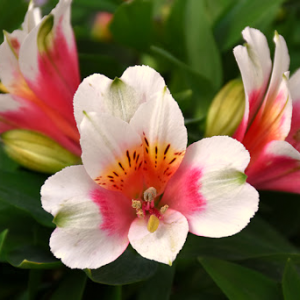Agapanthus Lilibet Tissue Culture
$8.82
The Agapanthus Lilibet Plant is a flowering perennial grass that is native to the southwestern United States. It was originally cultivated as a pasture grass, but today it is a highly valued ornamental plant due to its unusual flowers.
Agapanthus Lilibet Plant grows in almost any shade from light green to a shade of brown. It spreads by rhizomes, or small roots, that float through the air. They are not true grasses. Instead, they are a true token. The flowers are up to 12 inches long with multiple petals and appear in a single color.
Agapanthus Lilibet Plant’s flower displays consist of many small white flowers, which make them very appealing. However, it is their blooms that most people notice and take notice of when they see these beautiful plants. These small flowers are covered with tiny black seeds that are usually found within the center of the flower. When the flower opens, the black seeds pop out, scattering seeds around the plant.
Out of stock
Agapanthus Lilibet Plants Growing Ideas And Benefits
- Agapanthus Lilibet Plants are easy to grow and maintain. They do not need a lot of attention, although it is best to keep them watered. You can keep your garden grass free of weeds by regularly mowing and watering the lawn with a weedkiller or similar chemical.
- To enjoy your beautiful flower show, you will want to prune your Agapanthus Lilibet Plant at the proper time. The pruning process is easy and there are some simple guidelines to follow, but you must first determine when the plant is in bloom.
- The best time for you to cut back on the growth of your Agapanthus Lilibet Plant is just before the plant’s bloom. This is usually between December and March. If you wait until after the flower blossom sets, then the grass will begin to grow back after it has shed all of its flowers. You will not be able to harvest the grass at this time, but it will regrow quickly in the summer.
- If your Agapanthus Lilibet Plant is planted in the soil in a raised bed, the best time to cut back is after the plant has grown to its full height. For most plants, the plants are best trimmed in the late spring. This allows for maximum blooming and development of the plant. The best time to prune a raised bed plant is right before the plant begins to re-grow in the spring.
- If your Agapanthus Lilibet Plant has been in your yard for many years, you may not be aware of what to do to keep it looking as beautiful as it did the day you brought it home. You should consider trimming the plant in late winter. The reason for this is that the grass will grow more slowly than if you were to do it in the fall or early spring.
- The reason the grass is growing slowly is that the Agapanthus Lilibet Plant is dormant for the winter. When the weather warms up, it starts growing again. If your Agapanthus Lilibet Plant has been in direct sunlight for a long period of time, then you may want to water it less. The reason is that the grass will grow too fast. If it is too wet, the grass may become brittle and you will not be able to properly water it.
- You will want to prune the Agapanthus Lilibet Plant to keep it looking as beautiful as it did the day you brought it home. Once it has grown past its bloom stage, it is time to cut back on the amount of growth by trimming the top and bottom parts of the plant.
- You should take care to make sure that the plant does not get too much attention during the winter months. If you leave the plant unattended, it may begin to wilt. When the spring weather comes around, it is time to repot it.
- The leaves of the Agapanthus Lilibet Plants are used in medicine for a variety of conditions. When properly prepared, they can be very effective in treating conditions ranging from coughs to fevers, as well as other conditions.
- In Chinese medicine, the leaves of the Agapanthus Lilibet Plant are used in tea as a natural astringent. They are also used as a diuretic, a laxative, and are sometimes used in conjunction with other herbs to treat a wide range of conditions.
- Tea made from the leaves is also commonly drunk for several different ailments. This tea is not to be confused with black tea, which is created from the leaves of the same plant, but is slightly bitter. The leaves of the Agapanthus are used as a milder version of black tea.
- This Agapanthus Lilibet Plant contains many vitamins and minerals, including folic acid. Folic acid is needed to make the blood strong. In Chinese herbal medicine, it is sometimes used as a treatment for arthritis and also an anti-inflammatory. Other vitamins found in the leaves of this plant include calcium, iron, and magnesium.
Be the first to review “Agapanthus Lilibet Tissue Culture” Cancel reply
Related products
Tissue culture
Tissue culture
Tissue culture
Tissue culture
Tissue culture
Tissue culture
Tissue culture
Tissue culture












Reviews
There are no reviews yet.